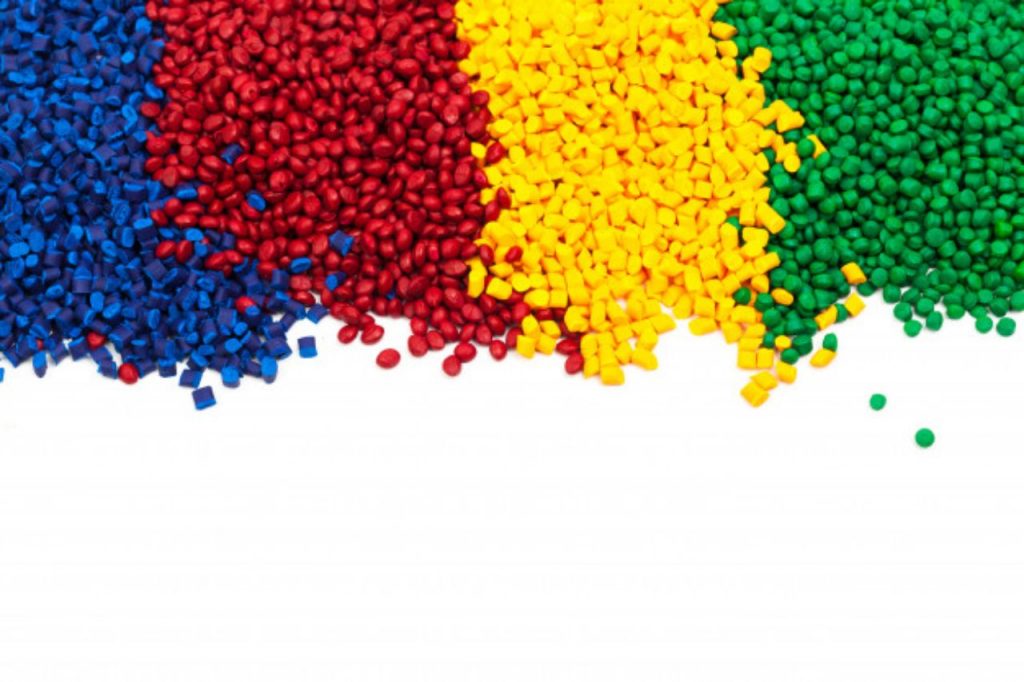How to prevent warpage in injection molding?
- Adjust the injection molding pressure
- Increase barrel temperature
- Raise the temperature of the mold
- Optimize the gate size and location
- Inspect equipment beforehand
- Choose the right type of resin
Any molding company in China will tell you that the key to successful injection molding is to predict the behavior of all materials, tools, and processes involved in the operation. This is done in order to prevent any defects that affect not only the appearance, but also the functionality of the final product. Although this plastic-forming process may seem straightforward, several factors could also go wrong regarding the finished appearance of the plastic. This is why injection molders see to it that all factors have been taken into consideration in order to prevent warpage in injection molding.
Experienced injection molding manufacturers can easily point out the factors that contribute to warpages. As such, they will make a number of adjustments with the raw materials and overall design of the project, like increasing temperature, shot speed, improving nozzle design, and the like.
It doesn’t take a professional mold manufacturer to spot any warpages on the plastic product — in fact, even the average consumer can detect it. Warpages appear in the form of deviations to the original or intended design of the part. If any plastic product has any warped portions, then this means that changes in the manufacturing process could have been implemented in order to reduce unintentional warpage and defects. Doing all of these — and more — is crucial to any well-designed injection-molded project. Read on to learn more.
Adjust The Injection Molding Pressure
The level of pressure applied onto a molten plastic resin is one of the culprits of warpage. Too low an injection molding pressure and the resin won’t be able to completely fill all the cavities in the mold. On the other hand, too high a pressure, and unwanted defects, such as excess resin material can form on the part — this can be time-consuming and costly to fix, since post-processing techniques have to be done.
As such, one of the keys to a well-molded plastic part, is to make sure that the applied pressure is consistent at certain stages throughout the cycle time. Molding manufacturers will typically apply an ample level of high injection molding pressure so that the mold cavities will be filled rapidly and the resin is prevented from being cooled prematurely.
In this case, the molding company will make adjustments to the pressure wherever possible. They may inspect the pumps in the machine’s hydraulic system, or use a transducer to measure the rate of pressure. Oftentimes, the injection molding process will be divided according to pressure changes — i.e. first stage, and second stage, which is why injection molders have to constantly overlook the process.
Increase Barrel Temperature
The barrel is the part of the injection molding machine responsible for heating the resin pellets and transmitting them towards the mold. This is made possible through various heat chambers that are located in different zones of the barrel, namely the feed, read, center, and the front.
With low barrel temperature, the heat chambers won’t be able to properly heat the resin to its ideal flow temperature. This means that if it is forced through the mold, the resin will prematurely solidify even before its molecules have been properly packed, causing an uneven shrinkage rate that contributes to warpage.
The simplest way for manufacturers to fix this is to increase the barrel temperature and make it consistent for the entire shot size. Excessive shrinkages are avoided in this manner, and the manufacturer won’t have to deal with unfilled cavities in the mold.
Optimize The Gate Size And Location
Gate size and location also directly affects the success of the injection molding operation and the finished part. For one, when the gate size is too small, it can prevent the molten resin from freely flowing into the mold because it has difficulty passing through. Not only that, but it may also slow down the injection speed and pressure, causing unwanted cooling. Likewise, when the gate location is not optimized — i.e. it’s near other obstructions — warpage may also occur.
In this case, distortions on the material is avoided by completely redesigning the mold. As it is the opening that sets the boundary between scrap and mold, the gate has to be modified in such a way that it does not cause inhibition of mold flow.
Inspect The Equipment Beforehand
Although warpages are not inevitable, instances of them happening could be reduced with proper injection molding equipment inspection and maintenance. Issues like ejecting the plastic part too soon, or inconsistencies in the entire operation could all lead to warping. Manufacturers can fix these by undertaking a number of maintenance services on all machinery and tools used for the injection molding process.
For example, visual inspections can be done, with the operator setting aside standards in a 9-point checklist. Since an injection molding machine is hydraulically-powered, it can also be tested for fluids, lubricants, and potential filter changes. There should also be proper calibration of control parameters that affect cylinder heating, pressure, velocity, and optimization of movements.
Key Takeaway
In this short read, you’ve learned about the basics of how plastic molding firms prevent warpage in injection molding. Since there are a variety of factors that contribute to this type of plastic defect, there should be optimizations and mechanisms in place to avoid it. These could be in changing the design of the gates or simply increasing shot speed and temperature. When the tips above are consistently followed, molding businesses can certainly achieve plastic parts with high tolerances.
In need of precision-molded plastic parts? Leading molding company in China, Richfields Plastics, has the expertise and specialization to get it done for you. Click here to learn more about our services! You may also visit this page for more inquiries.
